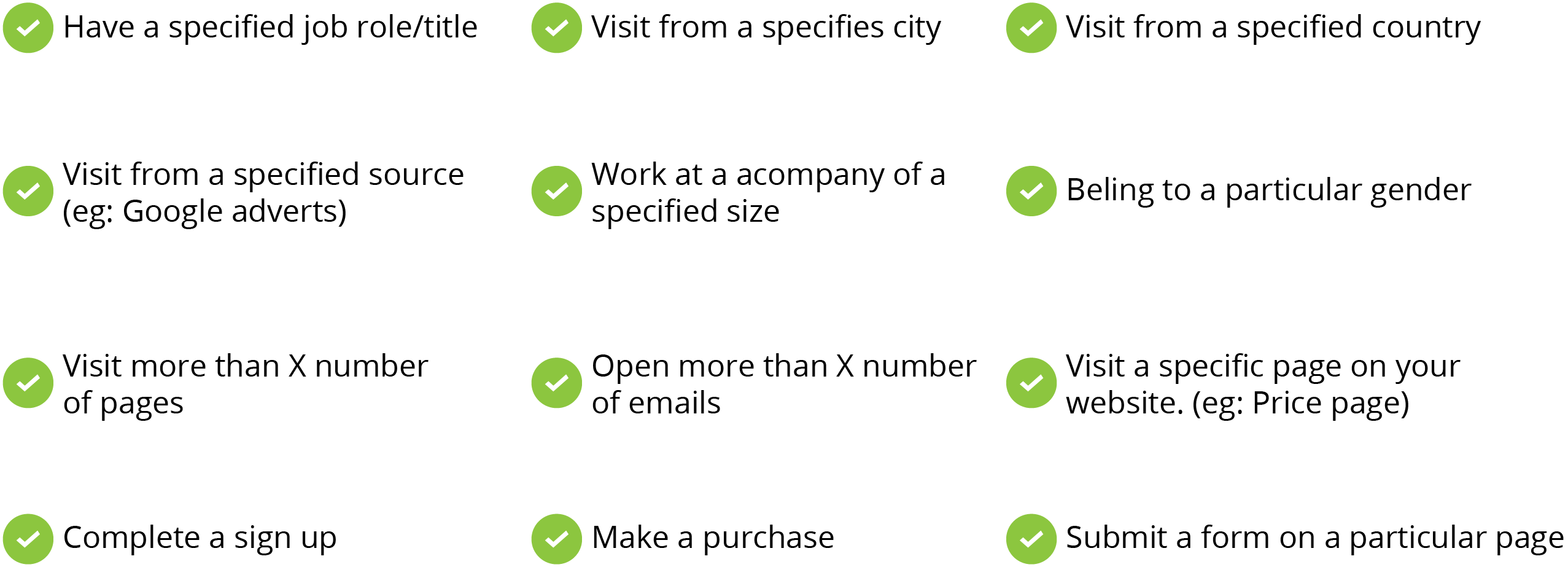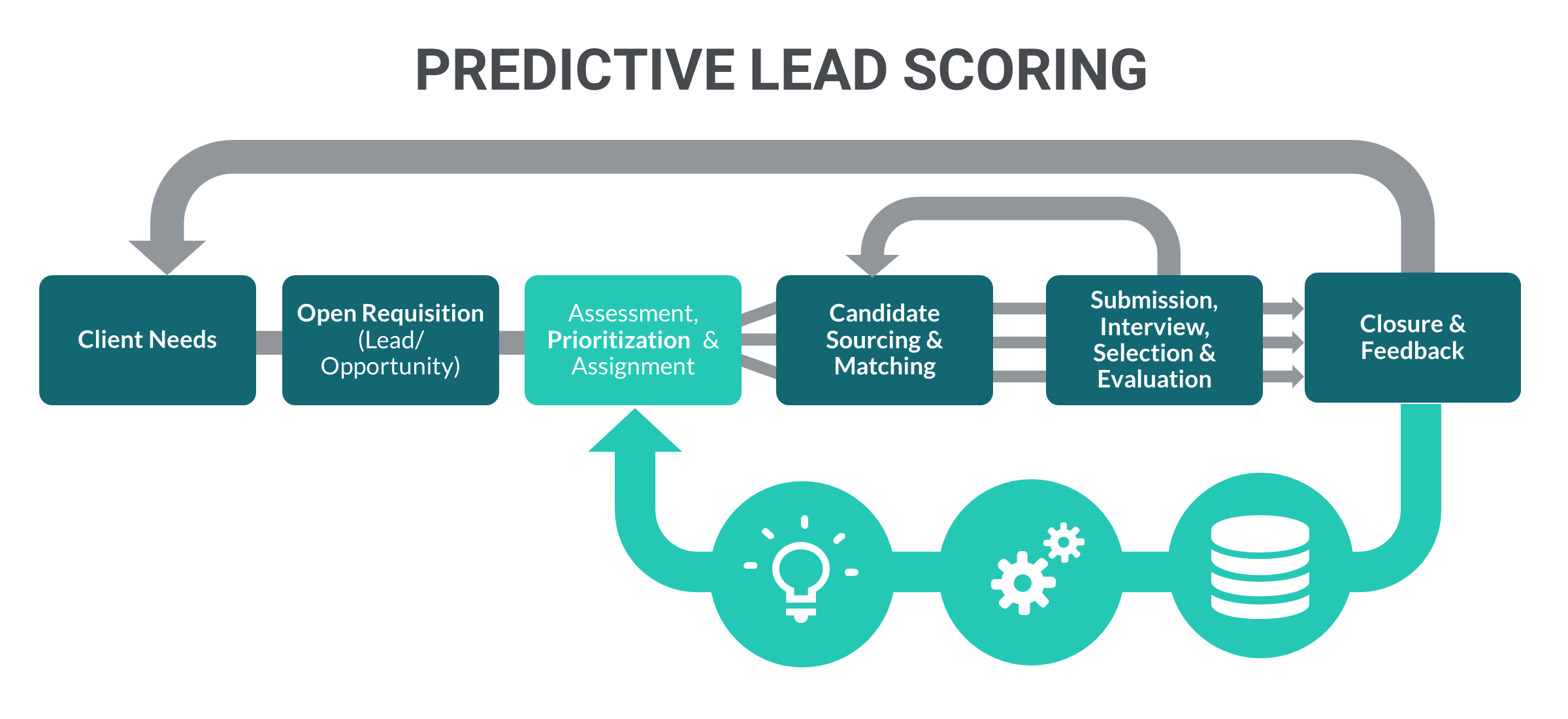Every Question You Have About Lead Scoring Answered
With digital marketing bringing you an opportunity to connect to a broader range of prospects, the chances of getting leads who are just not going to buy have also increased heavily. This means that you would be attending to leads and spending resources on leads that are not going to convert. To solve this problem, businesses rely on lead qualification, and the most popular method used is lead scoring. This article will answer every question you may have about lead scoring.

Define lead scoring. What is lead scoring in marketing?
Let’s start by defining lead scoring. Lead scoring is a methodology used to rank prospects on a metric scale to define value. Depending on the method used, a lead’s score may gradually change as they go through the engagement and buying process.
A gradual lead scoring system would give points or deduct points based on a lead’s characteristics or actions. For example, if a lead performs a positive action like adding a payment method while signing up, they can be awarded points. If a lead performs actions like unsubscribing to emails, points can be deducted. Lead scoring can be performed using either rules (manual) or by machine learning and AI (predictive/automatic).
Why lead scoring? Why is it important?
The next question that comes very often is ‘Why lead scoring? Why not any other method for qualification?” You could definitely use segments to qualify leads and separate them based on their profile.
The most significant advantage of lead scoring is that it is dynamic. A lead may match your customer profile, but if he is not showing interest or taking action, he/she does not have a purchase intent. The same applies to a customer. If a customer has slowed down his interactions significantly, he/she is likely to churn soon.
The second advantage is that it can be universally understood across all departments and used to prioritize leads. For example, if 10 leads are qualified, how will sales know whom to prioritize and who is actually ready for the purchase? Leads can be ranked by score, and sales can always prioritize leads who have higher scores. The same applies for marketing. Marketing can optimize nurturing for leads based on lead score.
What are the Benefits of Lead Scoring?
Lead scoring benefits both sales and marketing teams.
Sales
To have a better chance of making a sale, it’s important to approach the right people with the right deal at the right time. Lead scoring helps salespeople understand when the right time is to go in for the close or wait until the prospect is ready. With gradual scoring, your sales team can understand how leads are moving through the sales cycle and communicate with them only when they have buying intent.
Marketing
Modern marketing isn’t just about attracting leads; it’s also about working with them to help prepare them for sale. Lead scoring helps marketing departments to know where their prospects are in the sales cycles and engage them accordingly. With the correct information at hand, marketing can guide their prospects through the process, effectively holding their hand through the different stages. This helps make it a lot more likely that prospects will have their questions and concerns answered, promoting them to move faster through the buying process.
What is a lead scoring model?
A lead scoring model is a framework that decides how many points individual leads are alloted, and for which criteria. To have a lead scoring model that provides realistic and valuable results, you will need to determine just how important particular criteria are for you. As for the categories that are used, they can be broken down into 4 main categories:
Behavioural:
One of the most important factors to consider is which actions your prospects are taking. This includes actions like visiting certain pages and signing up for newsletters. It can provide information not only on how warm a lead is but also on which of your products/services interests them most.
Company Data:
In which industry does the prospect work? How many employees does the company have? What is its revenue? Questions like this will help sales and marketing know which prospects are more likely to need the product and be in a financial position to buy it.
Individual Data:
In which department does the prospect work? How senior are they? Are they the decision-maker? It’s so important in sales to qualify leads to help ensure you’re focusing on the right people in the right way. Lead scoring is an effective way of helping you to do just that.
Sales/CRM Data:
Leads can be scored based on the data the sales team has. For example, where is a lead in the sales pipeline? Lead Score can be made to change based on CRM data which will help the marketing team nurture leads with more relevant content.

How does lead scoring work?
By now, you are already familiar with the core concept behind lead scoring. Lead scoring works by gradually increasing and decreasing the score of leads based on data attributes that you have manually selected or attributes that have been selected by your scoring tool. Lead scores usually range from 1-100, but if you are creating your model manually, the maximum possible score will be determined by the combined tally of the points of every created rule.
The threshold for determining a lead as qualified or unqualified needs to be determined by you.
Let’s take an example. You create this simple lead scoring workflow.
- If a lead is from a company with over 200 employees, award 50 points.
- If a lead has visited the pricing page, award 10 points.
- If a lead has booked a demo, award 40 points.
- If a lead disables product notifications, deduct 20 points.
- If a lead has spent over 40 minutes on the website in the last 7 days, award 50 points.
- If a lead has not visited your website in the last 7 days, deduct 30 points.
The lowest score a lead can possibly get with this model is -50, and the highest it can get is 150. You will have to decide thresholds to determine whether a lead is qualified or not. When a lead crosses the threshold, you can trigger several automated workflows like notifying sales about the lead, adding the lead to the sales pipeline, sending a custom drip campaign, adding them to retargeting campaigns, etc.
What is predictive lead scoring?
Predictive lead scoring is a method where the lead scoring software uses available data and machine learning to automatically determine the score of a lead. The predictive scoring process would fetch data about leads from your database and third-party databases to frame the quality of a lead.
Predictive lead scoring is usually instantaneous and would help trigger real-time actions as soon as a lead is captured. However, it does not take input from the user. Salespanel uses Quality Score for predictive lead scoring.

Image Source: https://untitled-research.com/blog/lead-prioritization-with-predictive-analytics-in-recruitment
What is manual point-based lead scoring?
Manual point-based lead scoring involves creating arbitrarily chosen criteria based on which prospects are scored. It is often used instead of predictive lead scoring because predictive scoring requires a vast amount of data to get reliable results. And, users don’t have control over predictive scoring as the process is automatic.
With point-based lead scoring, you will need to decide for yourself how points will be awarded to any particular criteria. Further down in this article, we go a little deeper into how you should decide how the points are allocated. As time goes by, the prospect’s score will change as they perform certain behaviors, hopefully bringing them closer to the point where they will be rated as a hot lead that’s ready to buy.
This gives sales and marketing teams information that helps them approach prospects with sales material and sales offers at the right time. It’s a good idea to keep on monitoring the accuracy of the scoring system and make adjustments to the system as you gather more information on how well it performs.
How to get started with lead scoring? The right way to do it.
As mentioned earlier in this article, you will need to determine how important particular criteria are for you. For example, if a prospect is working in a particular industry, how much more likely are they to buy from you than people who work in other industries? The same principle needs to be applied to different criteria in all of the four main categories we covered earlier.
You already have some idea of which criteria are more important to you, even if you don’t have an extensive database yet. For example, you might know which industry most of your customers belong to, which of your website’s pages your buyers tend to have visited, or which of your marketing channels tend to be more successful for you.
Some of this information you will already be aware of, simply through experience, but it is still a good idea to look for statistical data where you can. A good idea would be to check your reports. If you are on Salespanel, you can identify qualifiers from Salespanel Reports easily. You can also try checking Google Analytics.
It is also important to define who your ideal customers are and their preferred modus operandi when it comes to making purchases. This information will help you understand better just how significant certain behaviors and criteria are. If somebody has signed up for a newsletter, for example, is it a sign they are hot, or is it standard behavior for prospects in the segment?
To start creating your lead scoring model in Salespanel, you will need to go to the Lead Scoring section in the dashboard. You will see there are four main categories to choose from, which are Individual, Company, Acquisition Information, and Activity. You can then start assigning a number of points (positive or negative) to subcategories.
Also, don’t forget to set up automations where possible. This can mean sending additional emails such as information on a certain product if the prospect visits a certain page. Welcome emails to new prospects are also a great way to help kick off your relationship with them. With your scoring and automation systems in place, it should not be long before you see an increase in sales as your prospects have interacted with you most constructively.
You can read a detailed lead scoring setup guide here.
Sell more, understand your customers’ journey for free!
Sales and Marketing teams spend millions of dollars to bring visitors to your website. But do you track your customer’s journey? Do you know who buys and why?
Around 8% of your website traffic will sign up on your lead forms. What happens to the other 92% of your traffic? Can you identify your visiting accounts? Can you engage and retarget your qualified visitors even if they are not identified?



